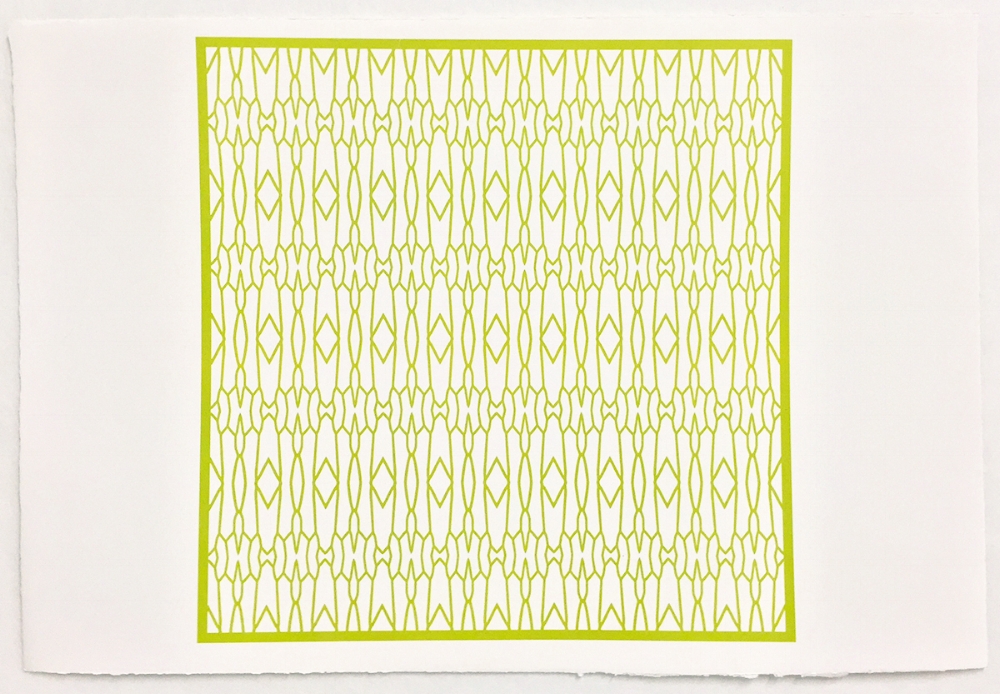
2
Nocturne Series: Cocoon Blanket

1
Reeling Series: Pouches

0
Flora Guardian: Print Project (Copy)

4
Portal Series

1
Portal Series: Books

1
Portal Series: Rose Window

1
Portal Series: Collar

2
Linage Series: Unit Development

1
Reeling Series: Tank

1
Reeling Series: Wing Necklace

1
Portal Series: Wing Window

2
Linage System: Materials Experiments

4
The Linage Series: Embroidery

10
The Lineage Series: Logic and Generative Works

3
Response Patterns: Process

7
Response Patterns: Project Overview

4
Bloom Cluster

4
Bloom Ecosystem

4
Red Garden

1
Pattern Block Series: Red Hexagon

1
Earth Sky Series: Fragment Arrangement

1
Reeling Series: Fragment Arrangement

1
Reeling Series: Fragment Arrangement

1
Pattern Block Series: Braids




































